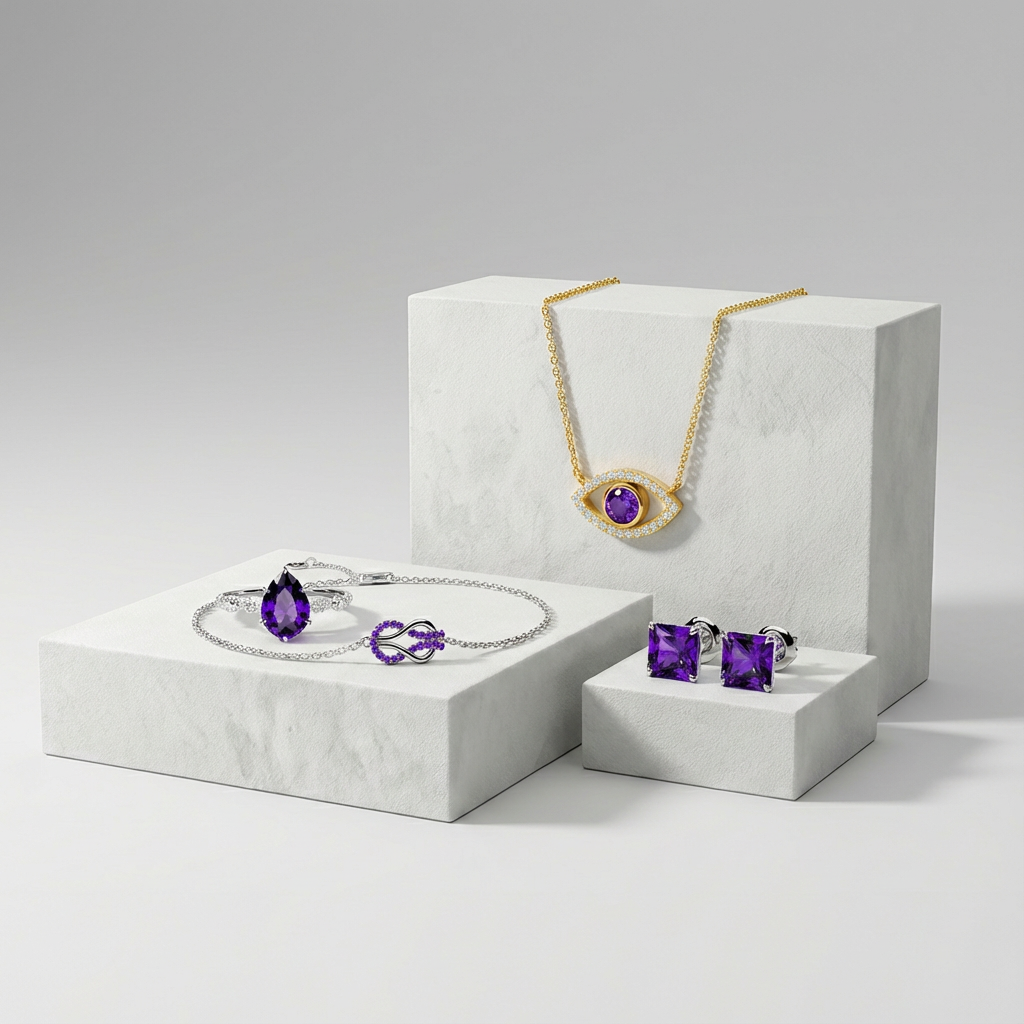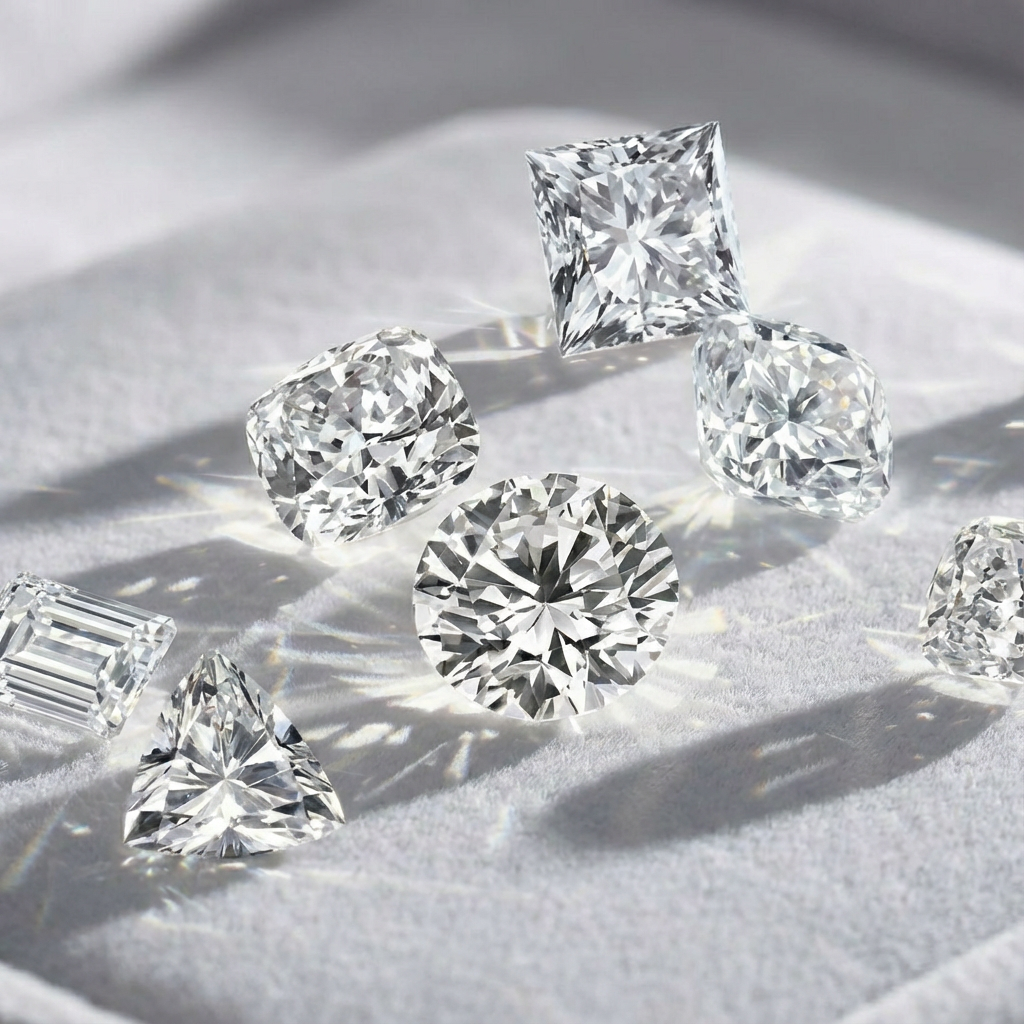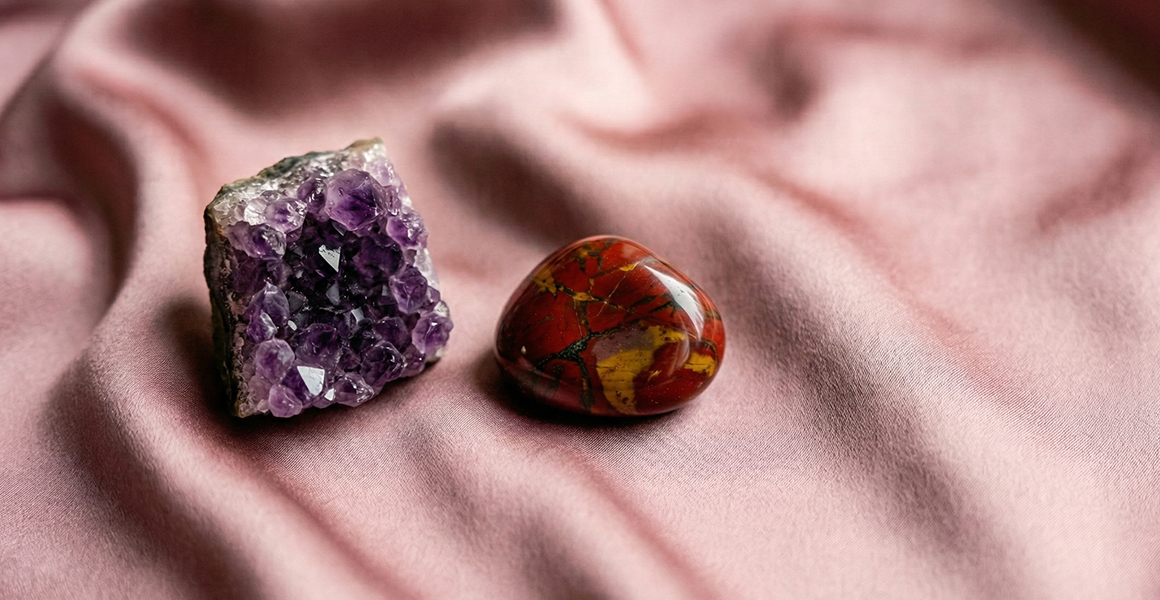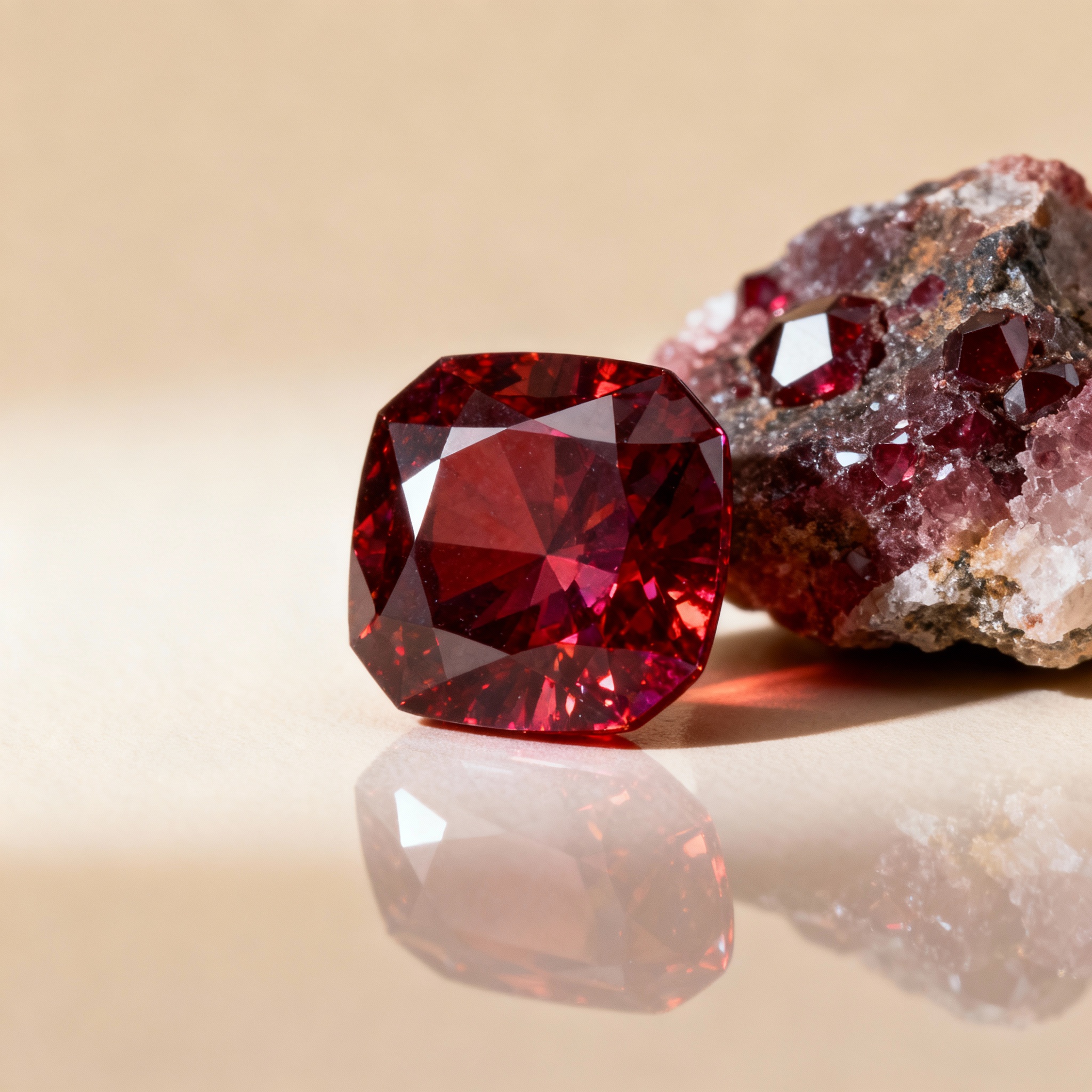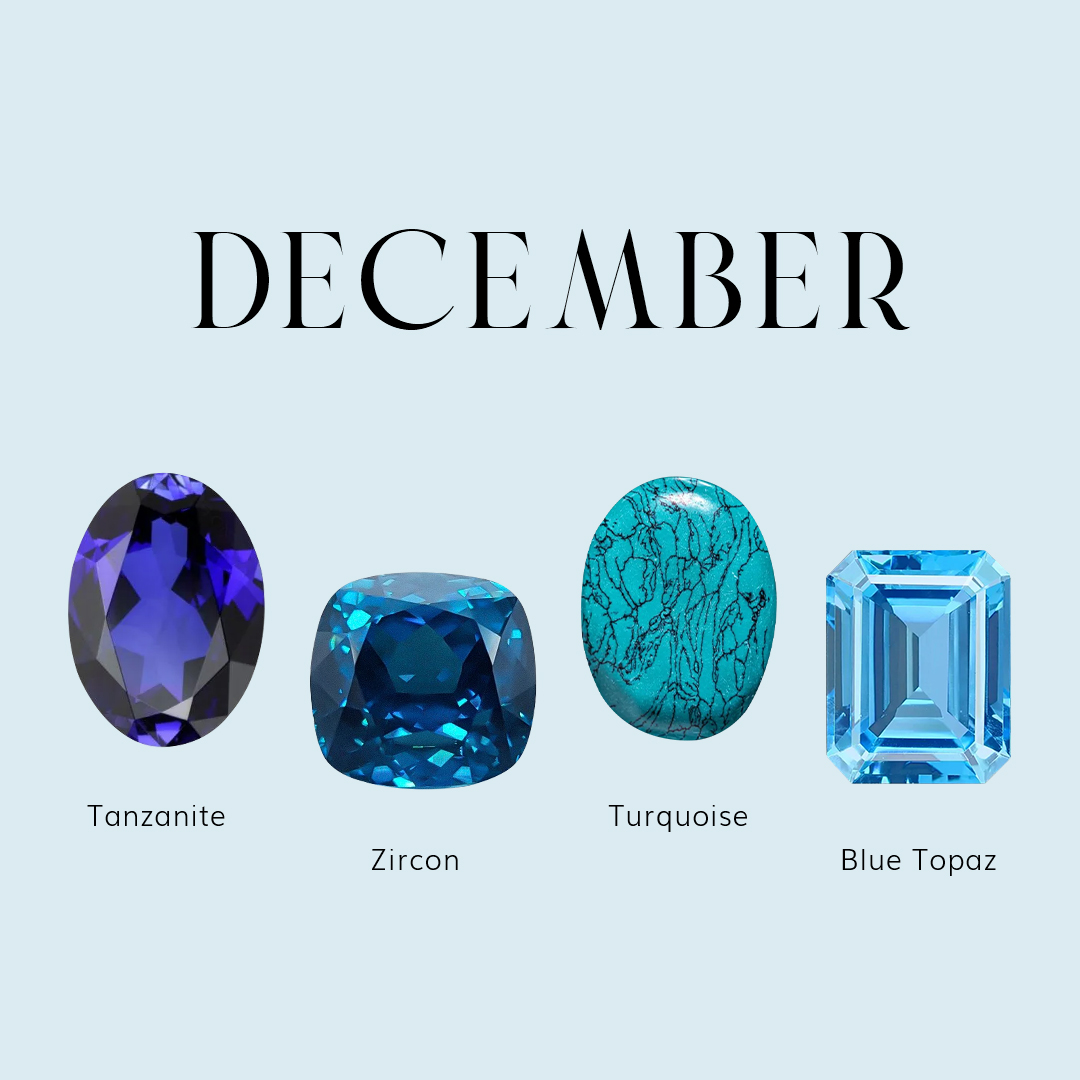Citrine holds a special place as one of November's two birthstones. Like its fellow stone yellow topaz, it glows with a magical golden light that uplifts the soul. Throughout history, it has been revered for its bright lemon-colored rays, said to warm and enliven those born in November. So, let us delve into the fascinating properties and symbolism of citrine now.

What is citrine?
- It forms a variety of quartz, ranging in color from pale lemon yellow to rich brownish gold hues. Composed primarily of silicon dioxide with trace iron, citrine develops from amethyst. Heating amethyst above 800 degrees Celsius actively oxidizes the iron, subsequently removing the violet hue to reveal the citrine’s sunny citrus tones.
- It derives its name from the French word for lemon, reflecting its bright coloring. Ranking a 7 on the Mohs scale, citrine proves itself quite durable for jewelry use as a result of its crystalline structure. This structure contains six-sided prisms that may appear indented or separated on exterior facets, while internally clouding and opaquing rather than retaining quartz’s transparency.
- In addition, significant citrine deposits exist worldwide, with Brazil prominently mining sizable occurrences. Thus, Brazil emerges as a primary producer and source of some of the largest citrine specimens found to date. Similarly, other countries like Bolivia, France, Spain, and parts of the U.S., including Colorado, also notably produce citrine.
- Furthermore, when exposed to ultraviolet light, the gem potentially exhibits a pale yellow fluorescence in contrast to amethyst’s stronger purple glow.
The lore and legend
- Ancient folklore connected citrine to visions of prosperity. Citrus orchards blessed with sunlight brought vitamin-rich produce and bountiful harvests supplying local markets. Consequently, this made citrine known as the “merchant’s stone,” whose radiant color resembled gold and promised financial abundance.
- Greek myths told of citrine stones imbued with Apollo’s warmth. The titan Helios drove his sun chariot across the sky each day, lighting citrine’s golden hues like miniature suns. This fiery glow symbolized hope, illumination of ideas, and bringing hidden talents to light.
The Symbolism and significance
- Folklore tied citrine’s gold-like color to prosperity. Today, it represents abundance through motivating, enthusiastic, and beneficial opportunities attraction while dispelling negative influences blocking success.
- This gem awakens curiosity, sparking new ideas. Tradition recommended its use for mental clarity, focus, and problem-solving.
- Crystal therapists value citrine’s energizing yet calming properties. It lifts moods by relieving anxiety and stress. Wearing or placing on the solar plexus allows confidence, vitality, and empowerment to shine through.
- As a November birthstone, citrine brightens that month’s lives with cheer radiating positivity, vision clarity, and dream manifestation aid. Its golden light symbolizes constant optimism throughout each season.

